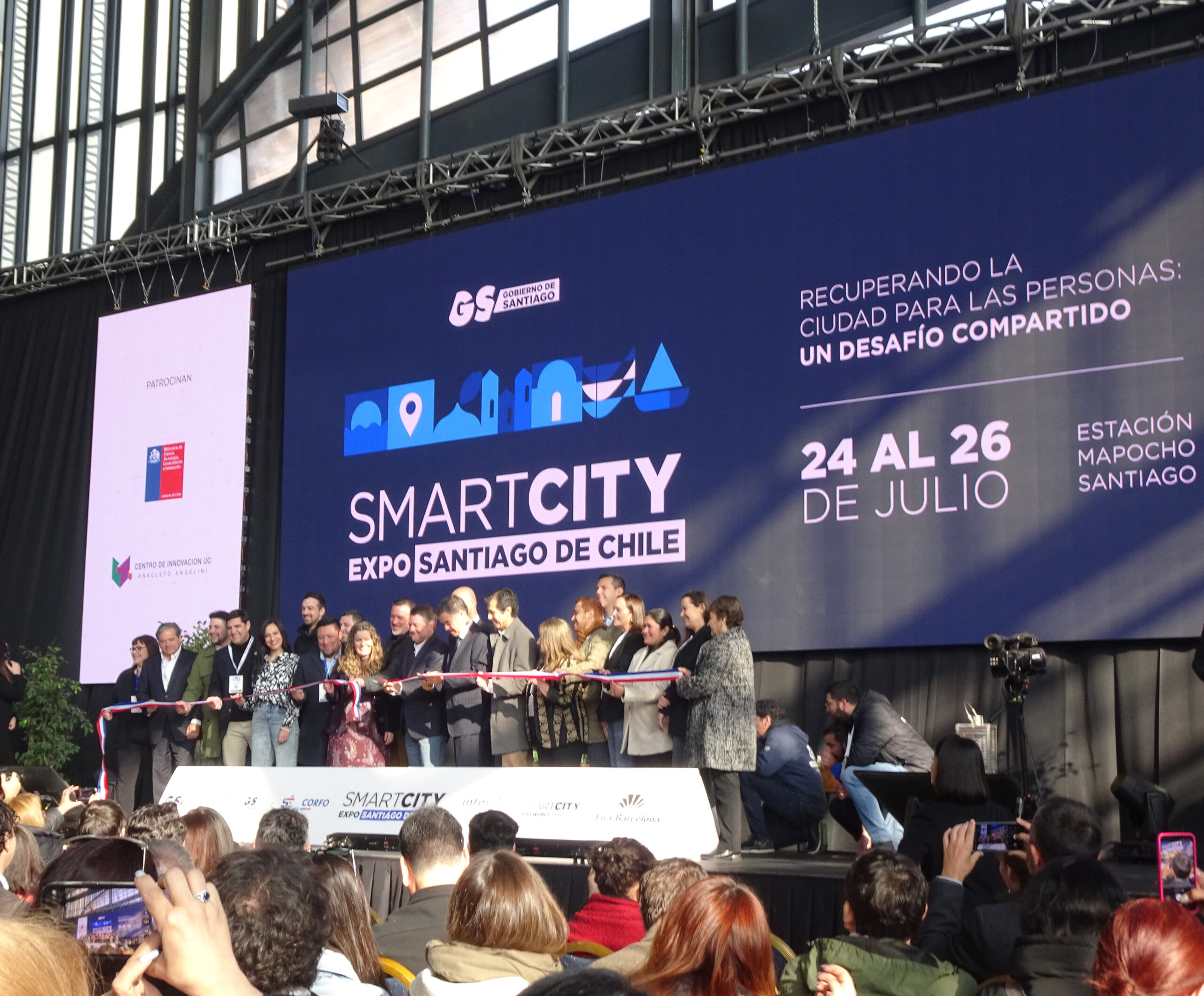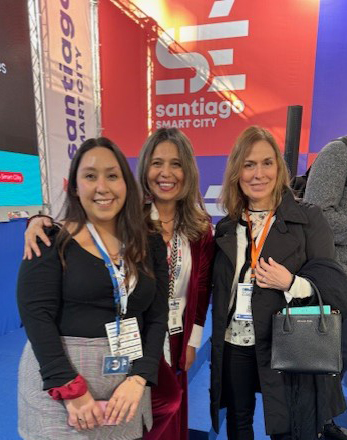Daily life in urban environments is shaped by a series of dynamic and complex factors. Assessing habitability in Santiago and its metropolitan region requires an in-depth analysis of Quality of Life, Standard of Living, and the concept of the 15-minute city. Based on the Neighborhood Livability Framework, this study examines the impact of proximity, walkability, and accessibility on community well-being and urban design.
At the neighborhood level, everyday challenges are abundant, ranging from mobility restrictions to unequal access to essential services. This research identifies urban disparities and offers sustainable solutions to enhance habitability. By focusing on a more detailed scale, it promotes a people-centered approach to urban planning, prioritizing accessibility, resilience, and improved quality of life as Santiago continues to evolve.
the concept of the 15-minute city,examines the impact of proximity, walkability, and accessibility on community well-being and urban design.
Stark contrasts
Socioeconomic segregation
Urban Fragmentation
The rapid urban growth of Santiago has created stark contrasts, where prosperous districts thrive while disadvantaged areas struggle with limited accessibility and inadequate infrastructure. Urban cohesion, mobility, and services are deeply influenced by socioeconomic segregation.
The administrative boundaries of Santiago’s districts function as urban borders, shaping connectivity, social interactions, and broader patterns of urban fragmentation. Some boundaries are rigid and well-defined, reinforcing spatial divisions and deepening socioeconomic inequalities. Others, however, are more flexible and permeable, allowing for fluid movement and interaction between districts.
La Pintana and Vitacura represent two sharply contrasting realities, one facing economic challenges and spatial inequality, while the other benefits from prosperity and strong connectivity. This study explores the impact of urban disparities on livability, emphasizing the need for inclusive planning strategies that foster equity and resilience.
The application of the Livability Framework in this research provides a structured methodology for analyzing selected communes in Santiago. It offers valuable insights into urban resilience and development by integrating essential factors such as sustainability, accessibility, and community well-being.
La Pintana presents a mix of strengths and challenges in urban infrastructure. While education, emergency services, and green spaces surpass key standards, gaps remain in walkable access to healthcare and food retail, particularly in the south. Employment accessibility is uneven, with long commutes for professional work. Despite well-distributed first responder services and strong educational resources, localized amenities are needed to enhance livability. Green spaces are widely available, providing public areas for residents. Addressing these disparities is essential to fostering a more inclusive urban environment.
The stark contrast between La Pintana and Vitacura highlights the need for inclusive urban planning strategies. Cities can reduce disparities by prioritizing accessible, well-connected, and equitable infrastructure. Enhancing livability requires expanding public transit, developing mixed-use micro-hubs, and investing in essential services.
By strengthening participatory urbanism, communities can actively shape their neighborhoods, while structured urban plans and green infrastructure contribute to resilience. A policy framework that incorporates social metrics and emphasizes long-term sustainability fosters people-centered development.
• Accessible public transport
• Green Infrastructure
• Collaborative Urban Planning
© 2025 Livable Urbs. All rights reserved. The spatial analysis, customized visualizations, urban planning insights, and research presented on this website, publication, and related materials are the intellectual property of Livable Urbs. While base map data is sourced from © OpenStreetMap under the ODbL license, and Isochrone shapes are provided by © openrouteservice.org by HeiGIT, all modifications, interpretations, and added layers are proprietary to Livable Urbs. Any unauthorized reproduction, distribution, or commercial use without prior written permission is strictly prohibited.

The Smart City Expo Santiago 2025 took place from July 24 to 26 at the Centro Cultural Estación Mapocho in Santiago, Chile, convening urban planners, policymakers, community leaders, and technology innovators from across Latin America and beyond.
The opening session set a powerful tone, reaffirming Santiago’s commitment to inclusive development, urban resilience, and the transformative power of public policy in shaping livable futures. This year’s central theme, “Taking back the city for people: a shared challenge” called for a renewed focus on reclaiming urban spaces to advance equity,
well-being, and sustainability.
In addition to the main event, four specialized forums delved into the interconnected aspects of livable urbanism, including Mobility and City Planning, Safe and Resilient Cities, Restoring Nature to the City and Living better.
The International Congress, organized by Fira Barcelona, featured keynote sessions, case studies, and collaborative labs, guaranteeing a dynamic platform for dialogue and knowledge exchange.
